 |
 |
 |
|---|
 |
 |
|---|
 |
|
|---|---|
 |
 |
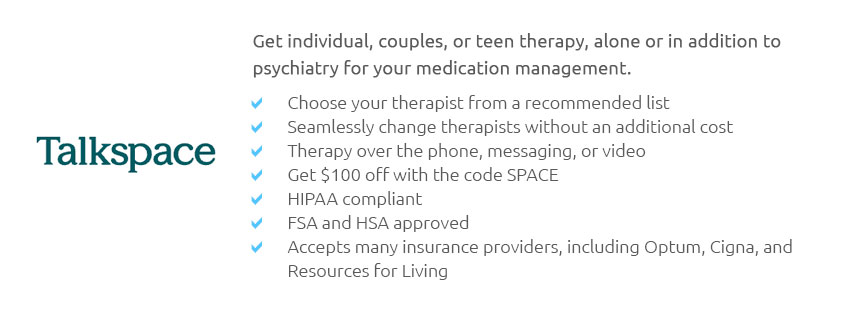 |
 |
 |
 |
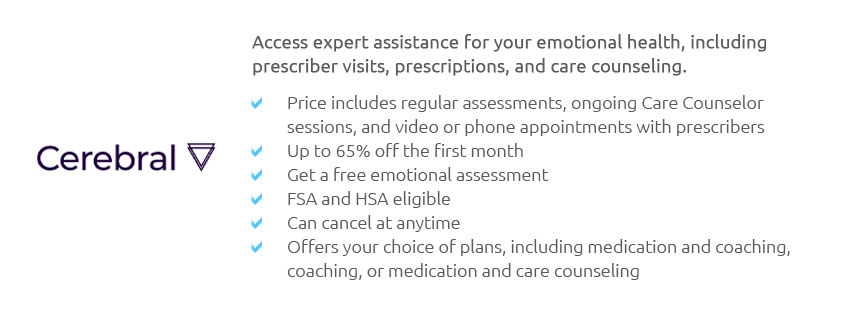 |
 |
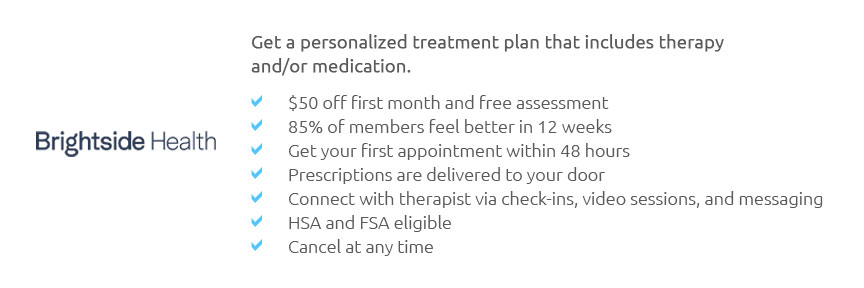 |
 |
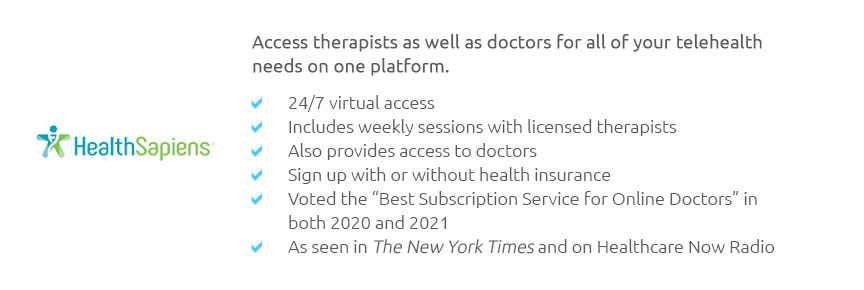 |
 |
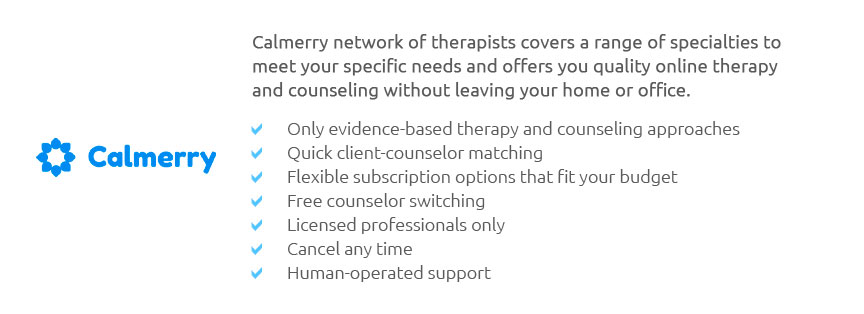 |
 |
 |
 |
|---|
Exploring the Expanding World of Telehealth ServicesIn recent years, telehealth services have emerged as a revolutionary approach in the medical field, transforming the way healthcare is accessed and delivered across the globe. The concept of telehealth, although not entirely new, has gained remarkable momentum, particularly in the wake of the COVID-19 pandemic, which necessitated alternative methods for patients to connect with healthcare providers without the risk of exposure to the virus. This shift has ushered in a new era of medical consultations, making healthcare more accessible, efficient, and patient-centric. At its core, telehealth refers to the use of digital information and communication technologies, such as computers and mobile devices, to access healthcare services remotely. This encompasses a broad range of applications, from video consultations and remote patient monitoring to mobile health apps and electronic health records. The benefits of telehealth are manifold, and its impact can be seen in various facets of the healthcare system. Accessibility and Convenience: One of the most notable advantages of telehealth is its ability to make healthcare more accessible, especially for individuals living in remote or underserved areas. Patients who previously had to travel long distances to see a specialist can now consult with them from the comfort of their homes. This is particularly beneficial for those with mobility issues or chronic conditions that make frequent travel burdensome. Moreover, telehealth services often offer extended hours, providing greater flexibility for patients who might otherwise struggle to schedule appointments during traditional office hours. Improved Patient Engagement: Telehealth also fosters improved patient engagement, empowering individuals to take a more active role in their healthcare journey. With the use of mobile health apps, patients can track their health metrics, receive medication reminders, and access educational materials tailored to their specific conditions. This increased engagement can lead to better adherence to treatment plans and, ultimately, improved health outcomes. Cost-Effectiveness: From a financial perspective, telehealth can be a cost-effective solution for both patients and providers. By reducing the need for physical office space and minimizing overhead costs associated with in-person visits, healthcare providers can offer services at a lower cost. Patients, on the other hand, can save on travel expenses and time spent away from work or family. Insurance companies are increasingly recognizing the value of telehealth, with many now offering coverage for virtual visits, further alleviating financial barriers.
Despite the numerous advantages, telehealth is not without its challenges. Concerns about data privacy and the digital divide-where some populations lack access to the necessary technology or internet connectivity-pose significant hurdles. Moreover, not all medical issues can be addressed virtually; certain conditions still require a physical examination to ensure an accurate diagnosis. Nonetheless, as technology continues to advance and more healthcare providers embrace this mode of service delivery, telehealth is poised to become an integral component of modern healthcare. In conclusion, telehealth services offer a promising glimpse into the future of healthcare, where accessibility, convenience, and patient engagement are prioritized. By overcoming current limitations and continuing to innovate, telehealth has the potential to create a more equitable and efficient healthcare system, ultimately improving the quality of life for patients around the world. https://www.telehealth.com/
Our mission: helping you find the best online medical care. Get help from our telehealth guides, reviews, and comparisons. https://www.kansashealthsystem.com/patient-visitor/appointment/telehealth
With a telehealth virtual visit, you can interact with your healthcare provider electronically from the comfort of your home. Schedule your telehealth visit ... https://www.cms.gov/medicare/coverage/telehealth/list-services
List of services payable under the Medicare Physician Fee Schedule when furnished via telehealth.
|
|---|